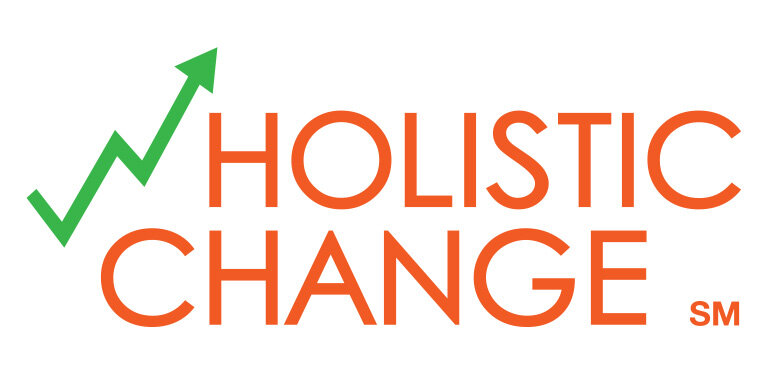Patty and I have mentioned how critical the communication plan is to the success of a change initiative. One technique we have used is to leverage the Kirkpatrick levels of training evaluation to address the communication needs for all stakeholders and people affected by the change (since each degree of impact of the change may require a different degree of communication in terms of the impact to the people, processes, technology, and services):
- Awareness: ensuring that absolutely everyone impacted by the change is aware of what is happening, why, when, what it means for them, and how they can get involved and/or learn more.
- One method we have found useful to communicate to all roles within an organization is a branded, quarterly newsletter. This is a great tool to send to a broad distribution (all executives, Owners, change team, and everyone even remotely affected by the change).
- Because this goes to a broad distribution (that will likely grow over time, as more people become aware of the change), every edition should ensure sharing the vision, celebrating successes, addressing issues that have arisen, communicating status and progress, and stating how to get more information.
- Understanding: ensuring that the people whose roles are affected by the change understand what it means to them.
- People learn through a variety of mechanisms: some are more comfortable reading written materials, some prefer a hand's on approach using a case study, some like attending a seminar where someone explains the materials to them, and some like tests that reinforce what they have studied...
- We recommend partnering with your company's training department to develop the best materials based on your specific target demographic, to ensure that the materials created achieve the learning objective whereby the employees truly understand how their jobs and approaches need to change, and what tools are available to help them successfully make the change.
- Beyond the initial training to achieve understanding, the communication plan will need to keep these resources informed as the change continues to evolve. As lessons are learned and continuous improvement feedback is incorporated, the people who need to understand the change will have to be kept up to date on the evolution of the change. By keeping them informed, they can support the change as adoption extends throughout the organization.
- In addition, if these resources are resistors to change, seeing increased momentum and examples of true successes may overcome their reluctance to adopt the change (level 3).
- Adoption: ensuring that the people whose roles, processes, technology, and services are directly affected by the change behave differently (adopt the change in how they operate every day).
- These resources will be the key members of a Practitioner Community of Practice, to provide a closed loop feedback mechanism to the change team about what is working, what is not, and what is missing to truly achieve critical mass in terms of adoption.
- Beyond the initial training to achieve understanding (2) and then adoption (3), the communication plan will need to keep these resources informed as the change continues to evolve. As lessons are learned and continuous improvement feedback is incorporated, the people who deliver the change (so they can do their jobs and provide the best possible service to your customers) will have to be kept up to date on the evolution of the change. By keeping them informed, they can continue to act as champions as adoption extends throughout the organization.
- Mentoring: achieving a level of competence in the change such that these resources can act as coaches and/or trainers to others within the organization.
- This group is usually comprised of the change team as well as the early adopters who enjoy piloting a new approach (and who saw the need for change and embraced the challenge of being the first to make it happen).
- The good news is, at the beginning, these resources will be forgiving that the templates, examples, and end to end coordination of all of the changes will not be defined. They will help create all of these materials, that then need to be communicated as demonstration that the organization is dedicated to making the change a reality (through communication mechanisms 1 - 3).
- The challenge will arise as the change becomes more operational, how do you continue to keep these resources informed of the change evolution (so they mentor people consistently based on how the change is truly taking shape)? One tool we have used is creating a Mentor Community of Practice, that focuses on updating the certified resources on any new developments in terms of people, process, technology, and services, and gives them a direct link to all of the templates, tools, examples, and training materials, that are kept current by the change team.
We have had good success by leveraging a corporate communication resource to help pull together the overall communication plan. Since these people are skilled at creating a consistent brand (and often have the mass mailer tools to which the change team does not normally have access), the communication resource can help the change team create the calendar to address all 4 levels of communication needs and mechanisms:
- Emails / newsletters
- Corporate intranet articles
- Webinars / Lunch N Learns
- Instructor led training
- Web based training
- Departmental quarterly or annual meetings, etc...

